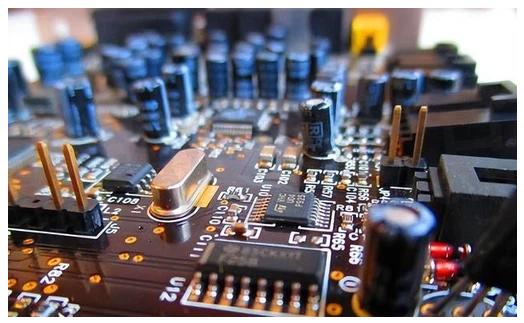What Is Electromagnetic Compatibility?

Electromagnetic Compatibility (EMC) is the ability of a device or system to operate satisfactorily in its electromagnetic environment without causing intolerable electromagnetic interference to any device in its environment. Therefore, EMC includes two requirements: on the one hand, it means that the electromagnetic interference generated by the equipment to the environment during normal operation cannot exceed a certain limit; on the other hand, it means that the appliance has a certain degree of immunity to electromagnetic interference in the environment, that is, electromagnetic susceptibility.

Fig.1
Different types of electromagnetic signals are generated between electronic devices, such as radiated electromagnetic waves, conducted electromagnetic signals, and voltage, current, and radio wave interference on power lines. These signals can interfere with each other, causing electronic equipment to not work properly or to suffer from poor performance. Therefore, EMC means that in the electromagnetic environment, through the design and use of corresponding technical means, the electromagnetic interference and compatibility problems between various electronic devices can reach an acceptable level to ensure that they can work normally.
Electromagnetic Interference
Electromagnetic interference is any electromagnetic phenomenon that can degrade the performance of a device or system. The so-called electromagnetic susceptibility refers to the performance degradation of equipment or systems caused by electromagnetic interference.
Electromagnetic Interference (EMI), referred to as EMI, has two types of conducted interference and radiated interference. Conducted interference is mainly when the interference signals generated by electronic equipment interfere with each other through conductive media or public power lines; radiation interference means that the interference signals generated by electronic equipment are transmitted to another electrical network or electronic equipment through space coupling.
In order to prevent the electromagnetic interference generated by some electronic products from affecting or destroying the normal operation of other electronic equipment, governments or some international organizations have successively proposed or formulated some regulations or standards related to electromagnetic interference to electronic products, which comply with these regulations or standards can be called EMC (Electromagnetic Compatibility). Electromagnetic Compatibility EMC standards are not constant but are changing every day. This is also the means often used by governments or economic organizations to protect their own interests.
Measures To Prevent Electromagnetic Compatibility
The first measure to suppress electromagnetic pollution is to find out the pollution source; the second is to judge the route of pollution intrusion, mainly in two ways: conduction and radiation, and the focus of work is to determine the amount of interference. Solving electromagnetic compatibility problems should start from the product development stage and run through the entire product or system development and production process. A lot of experience at home and abroad shows that the earlier attention is paid to solving electromagnetic compatibility problems in the development and production process of products or systems, the more manpower and material resources can be saved.
- +1 Like
- Add to Favorites
Recommend
- Yint Electronics Recommends Using a Varistor for Input Overvoltage Protection of Smart Meters
- Yint Electronics Provides Effective Circuit Protection for UWB Positioning Base Stations
- How To View The Importance Of Power Surges To The System?
- A 12V DC Lightning Protection Solution from Yint
- Yint Electronics MOV 14D561K, TVS SMBJ6.5CA P6SMBJ10CA for Power Line Carrier PLC Interface Circuit
- Yint Electronics provides the SD/TF Memory Card Interface Solution
- Yint Electronics Recommends the TVS Model SMBJ6.5CA or P6SMB6.8CA for Surge Protection of Smart Meters
- Yint‘s ESDSR05-4 TVS Meet the Electrostatic Protection Design Of SIM Card Reading Circuit
This document is provided by Sekorm Platform for VIP exclusive service. The copyright is owned by Sekorm. Without authorization, any medias, websites or individual are not allowed to reprint. When authorizing the reprint, the link of www.sekorm.com must be indicated.












































































































































































































































































































































































































































































































































































































































































































































































































































































































































